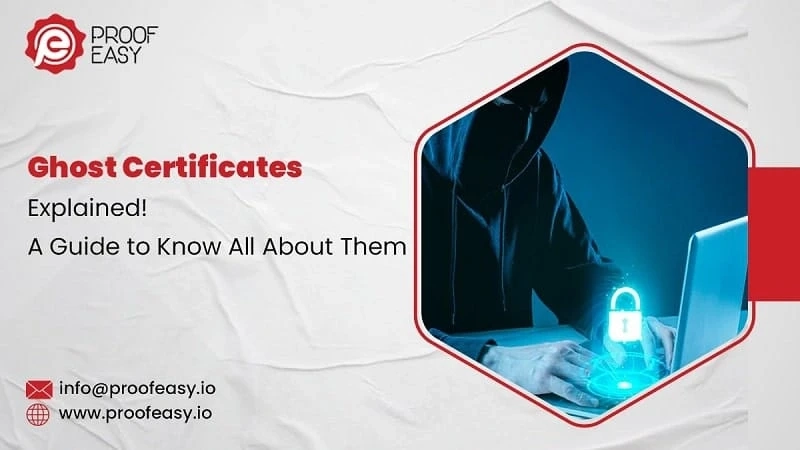In today\'s interconnected world, security is paramount. A key player in this security landscape is the digital certificate. But what is a digital certificate, and why should we be concerned about ghost certificates?
What is a Digital Certificate?
A digital certificate is an electronic document used to prove the ownership of a public key. It is issued by a trusted entity called a Certificate Authority (CA). Digital certificates are essential for establishing secure communications over the internet, enabling encryption, and ensuring data integrity. They are commonly used in various applications, including securing websites (HTTPS), email communication, and software distribution.
The Role of Digital Certificates
Digital certificates authenticate the identity of websites and entities, ensuring users that their communication is secure and with a legitimate entity. When you visit a website and see the padlock icon in your browser\'s address bar, a digital certificate is at work. It validates the website’s legitimacy, encrypts data exchanged between your browser and the site, and helps prevent cyber threats like man-in-the-middle attacks.
The Menace of Ghost Certificates
While digital certificates are fundamental to online security, they are not without vulnerabilities. One such issue is the phenomenon of ghost certificates. A ghost certificate is an unauthorized or illegitimate digital certificate that remains active even after its intended use has expired or been revoked. These certificates can be exploited by cybercriminals to intercept and manipulate secure communications, leading to potential data breaches and other malicious activities.
How Ghost Certificates Arise
Ghost certificates often result from poor certificate management practices. Organizations sometimes overlook the need to properly revoke and invalidate certificates that are no longer in use. This oversight creates a loophole that cyber attackers can exploit. Furthermore, the sheer number of certificates managed by large organizations can make it challenging to keep track of every certificate’s status, increasing the risk of ghost certificates.
The Impact of Ghost Certificates
The presence of ghost certificates can have severe consequences. They undermine trust in digital communications and can lead to data breaches, financial losses, and damage to an organization’s reputation. In addition, the difficulty in detecting these certificates makes them a particularly insidious threat. Organizations may remain unaware of their existence until a breach occurs, at which point significant damage may already be done.
Mitigating the Risks
To mitigate the risks associated with ghost certificates, organizations must adopt robust certificate management practices. This includes regular auditing of all certificates, ensuring timely revocation of unused or expired certificates, and employing automated tools to monitor and manage certificates. Educating staff about the importance of certificate management and maintaining updated records of all issued certificates is also crucial.
Conclusion
As we continue to rely on digital certificates for secure online communication, it is vital to address the risks posed by ghost certificates. Implementing comprehensive certificate management solutions is essential for safeguarding against these hidden threats. ProofEasy offers advanced solutions for managing digital certificates, ensuring that your organization\'s digital communications remain secure and trustworthy. By leveraging ProofEasy\'s expertise, you can protect your data, maintain trust, and secure your digital future.



